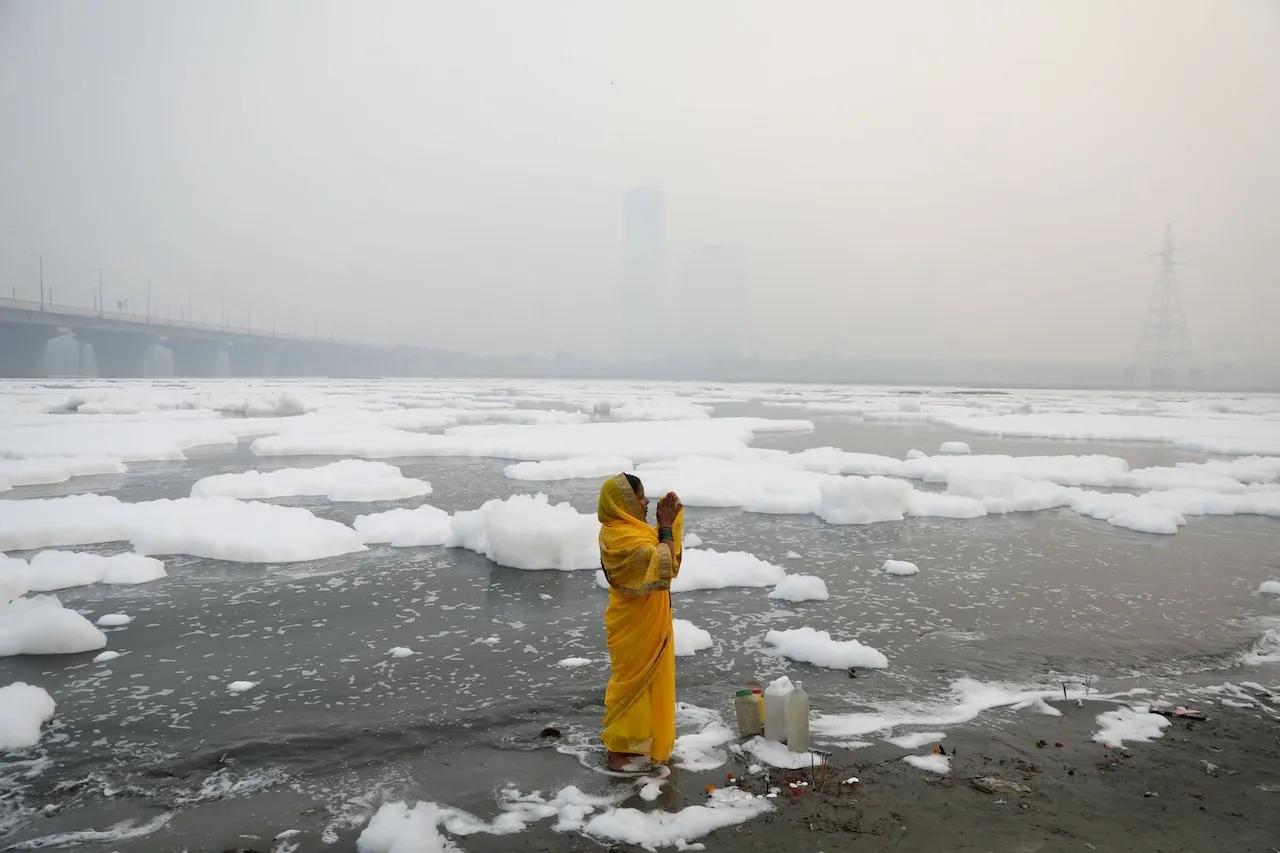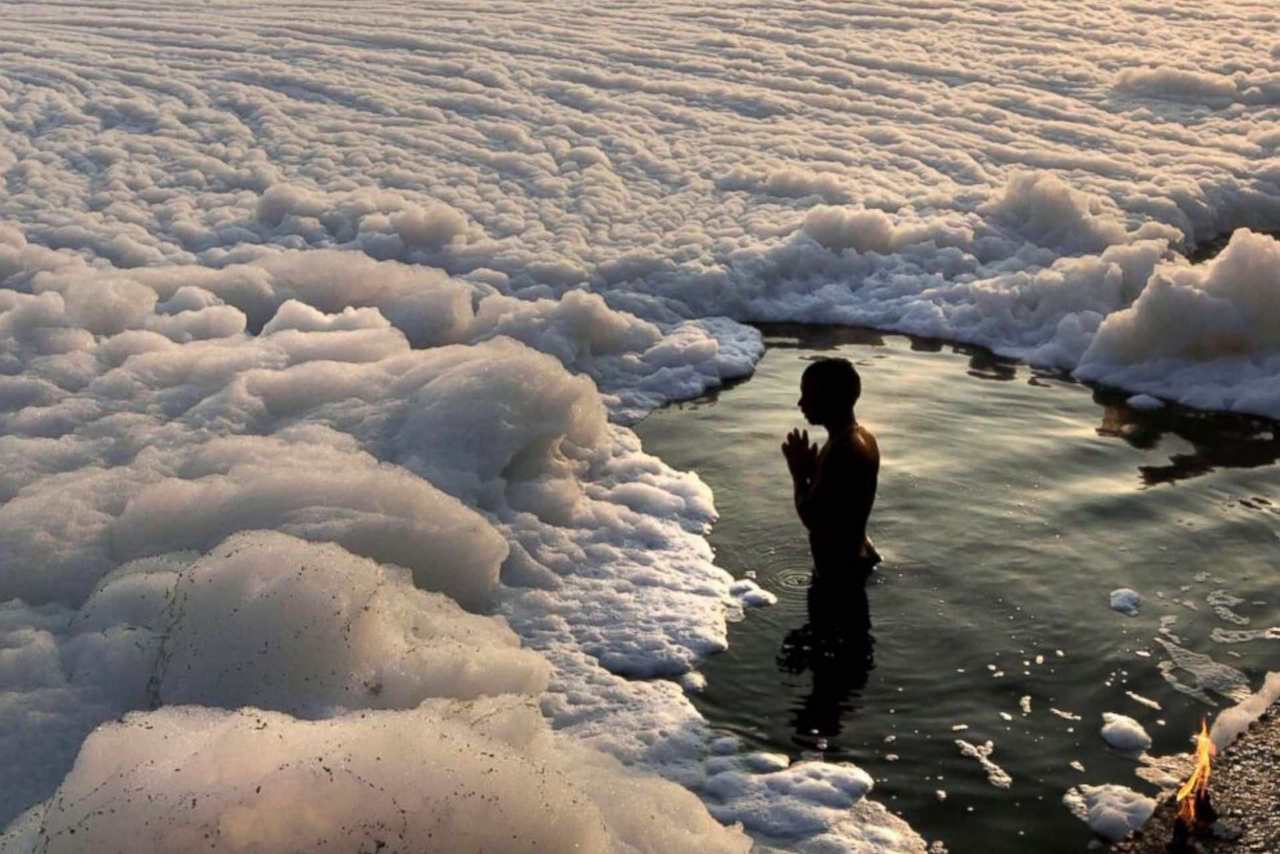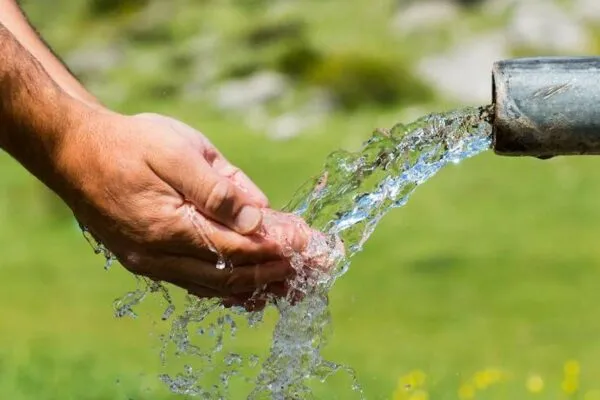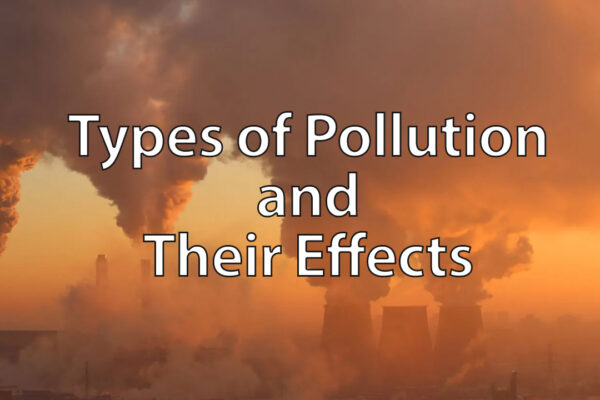Delhi Govt Planning To Control Toxic Foaming Hotspots in Yamuna River
The Delhi government is planning to identify the root causes of frothing in certain stretches of the Yamuna river, such as near ITO and the Okhla Barrage

Image: Daily Sabah
The frothing in specific stretches of the Yamuna River, such as near ITO and the Okhla Barrage, is a yearly phenomenon. It happens especially in the winter season when the temperatures drop and the river flow is less. But what’s the reason behind this phenomenon? To identify the potential sources of frothing and pollution in the river, the Delhi government’s environmental department is conducting a study.
As part of this study, researchers will identify the pollution hotspots, such as industrial areas, colonies, etc. that are leading to river frothing. This study aims to take both long and short-term actions on reducing foaming in this popular river.
Reason for frothing in Yamuna river
As per the officials, the main reason behind toxic frothing or foaming is the high concentration of phosphate in wastewater. The major sources of phosphate generation in the river are detergents used in dhobi ghats, dyeing industries, and households.
According to the experts, this problem of frothing will remain for a long time unless the government upgrades the proper sewage treatment plants in Delhi. The new treatment plants must meet advanced standards while eliminating the unauthorised colonies that are linked to the sewer network.

Image: Earth5R
Delhi generates around 770 MGD of wastewater. The 34 sewage treatment plants at 20 locations across Delhi treat up to 570 MGD of sewage, and the rest empties into the river directly. Government data shows that only eight of the 34 operational sewage treatment plants in Delhi meet the prescribed standards for wastewater. Together, they can treat 150 million gallons of wastewater a day.
To be precise, sewage lines are present in only 716 out of 1,799 unauthorized colonies in Delhi. These colonies, as well as the industrial areas, generate the maximum amount of pollution in the Yamuna River. According to the researchers, they will also identify and assess the courses of froth presence in the Najafgarh drain and its supplementary drain as per the proposal.
The Najafgarh drain is the largest in Delhi, as it’s spread across 51 km. This drain alone contributes to around 60 percent of the wastewater discharge from the national capital to the river. Hence, proper measures need to be taken to protect the river from this major drain.
Potential Solution
The study has suggested some sustainable alternatives to household products that lead to frothing in the river. Last year in November, the Delhi government deployed boats in the river to eliminate toxic froth at Kalindi Kunj banks during the Chhath puja celebrations, which did not yield much. The authorities have also installed bamboo structures to spray water from tankers for dissipating the toxic foam, a fool’s errand.

Image: New York Post
However, more implementation of serious action plans is crucial to clean the Delhi stretch of the river. It is a 22-km stretch of the river that lies between Wazirabad and Okhla and is only less than 2 percent of its total 1,370-km span from Yamunotri to Allahabad. But still, this small stretch leads to over 80 percent of the wastewater pollution in the river.
CM Arvind Kejriwal has promised to clean the river by 2025. But lately, he’s receiving criticism for no improvement in the river pollution. The Delhi CM has to work on coordination among various agencies involved in the elimination of toxic chemicals and pollution from the Yamuna River.
Via: Times Now


